Table of Contents
- Identifying Small Red Hot Peppers: Types and Names
- Small Red Hot Pepper Heat Level: Scoville Scale Explained
- Bird's Eye vs Pequín vs Other Small Red Hot Varieties
- Best Cooking Applications for Maximum Flavor
- Where to Buy and How to Select Quality Peppers
- Safety Tips for Handling Extremely Hot Peppers
- Frequently Asked Questions
What Exactly Is a Small Red Hot Pepper? Common Varieties Explained
If you're searching for information about small red hot peppers, you're probably trying to identify that intensely spicy pepper you encountered. The term "small red hot pepper" typically refers to one of several specific chili varieties: Thai bird's eye chilies (50,000-100,000 SHU), pequín peppers (30,000-60,000 SHU), or sometimes cayenne varieties. Unlike generic descriptions, understanding which specific pepper you're dealing with is crucial for predicting heat level and appropriate culinary uses.
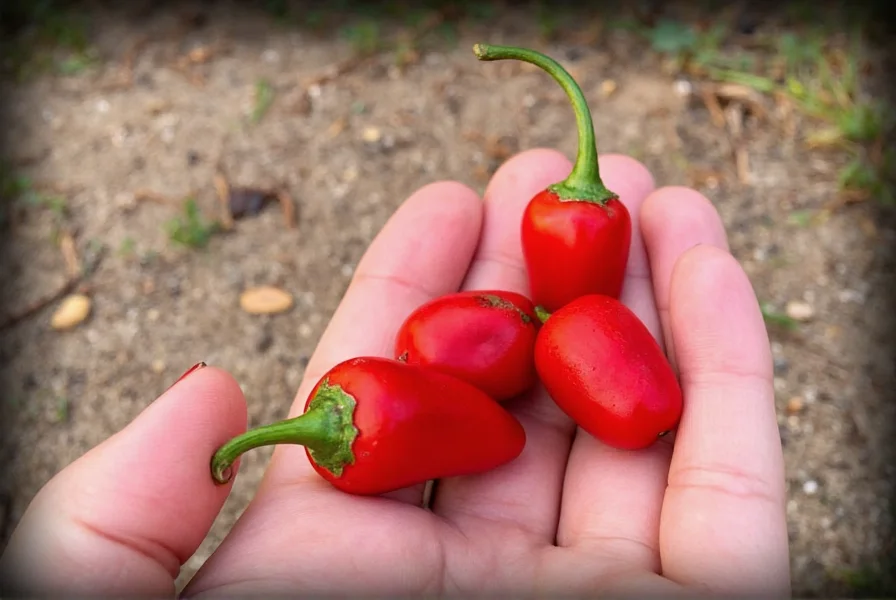
Small Red Hot Pepper Heat Level: Scoville Scale Comparison
When searching "how hot is small red hot pepper," you want precise measurements, not vague descriptions. Most small red hot peppers measure between 30,000-100,000 Scoville Heat Units (SHU), making them 6-20 times hotter than jalapeños. This places them firmly in the "very hot" category that requires careful handling. The heat builds gradually over 30-60 seconds rather than hitting immediately, with lingering effects that can last 15-30 minutes.
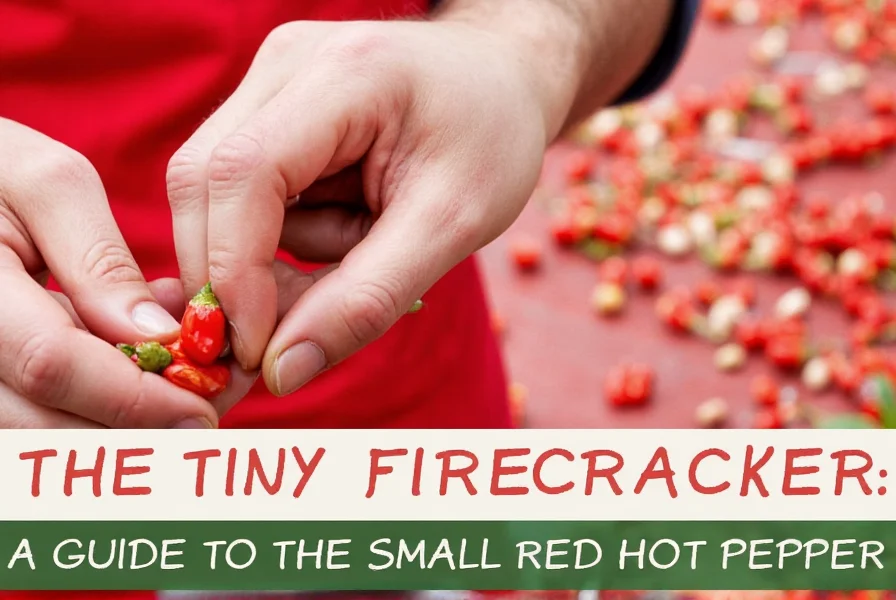
| Pepper Type | Scoville Heat Units | Heat Duration | Common Culinary Uses |
|---|---|---|---|
| Jalapeño | 2,500-8,000 | 2-5 minutes | Salsas, nachos, poppers |
| Thai Bird's Eye | 50,000-100,000 | 15-30 minutes | Thai curries, dipping sauces, stir-fries |
| Pequín Pepper | 30,000-60,000 | 10-20 minutes | Mexican salsas, adobos, pickled preparations |
| Habanero | 100,000-350,000 | 30-45 minutes | Caribbean sauces, hot sauces, specialty recipes |
Differentiating Between Small Red Hot Pepper Varieties
Misidentifying these peppers can lead to disastrous cooking results. Here's how to tell them apart:
- Thai Bird's Eye: 1-2 inches long, conical shape, grows upright on plant, extremely uniform heat level, bright red when mature
- Pequín: 0.5-1 inch, rounder shape, grows downward, more variable heat (can differ significantly between plants), deeper red color
- Cayenne (small varieties): 2-4 inches, longer and thinner, typically used dried, more consistent heat profile
Pro tip: The smaller the pepper of the same variety, the higher the concentration of capsaicin. A 0.5-inch pequín will be significantly hotter than a 1-inch pepper from the same plant.
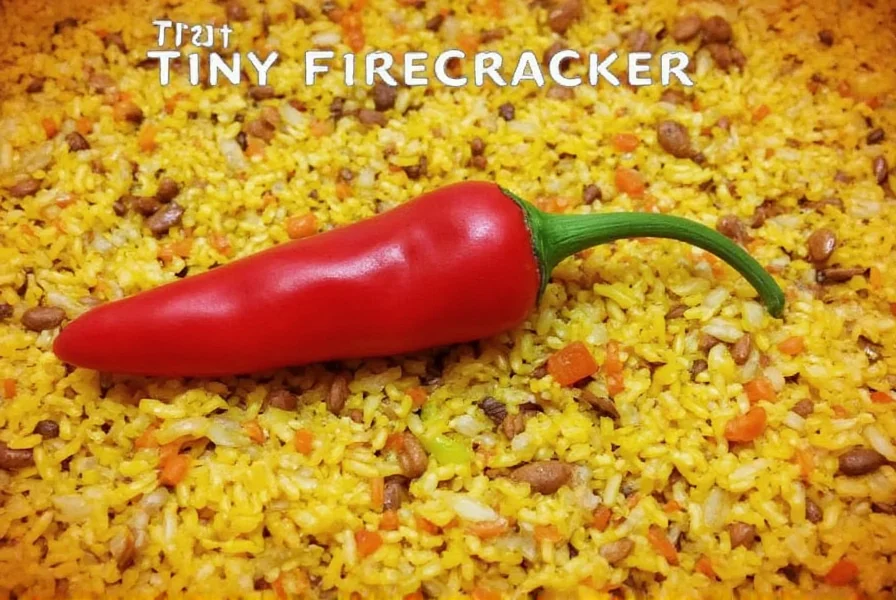
Precise Cooking Applications: When and How to Use Small Red Hot Peppers
These peppers aren't just about heat—they contribute specific flavor profiles that work best in certain applications:
- Raw applications: Use Thai bird's eyes in Southeast Asian salads and dipping sauces (combine with lime and fish sauce for authentic flavors)
- Cooked applications: Add pequín peppers early in cooking for Mexican moles to develop complex flavor (they withstand long cooking times)
- Dried applications: Small red hot peppers make excellent crushed red pepper—dry them completely then store in airtight container
- Infusions: Create chili oil by steeping 5-6 pequín peppers in 1 cup of neutral oil at 180°F for 30 minutes
For precise heat control: 1 small red hot pepper (Thai bird's eye) equals approximately 3 jalapeños in heat but with completely different flavor profile. Always remove seeds and membranes for 50-70% heat reduction.
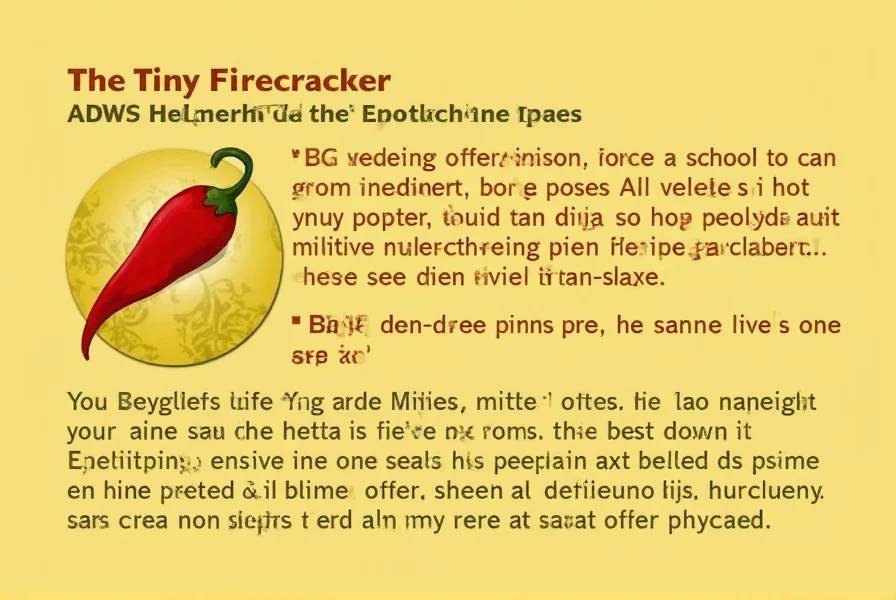
Where to Buy Authentic Small Red Hot Peppers and Selection Tips
Supermarket peppers are often mislabeled. For authentic varieties:
- Thai Bird's Eye: Look for "prik kee noo" in Asian markets or specialty online retailers (Spice Jungle, Thai Pepper Shop)
- Pequín: Search for "chiltepin" or "pequín" at Latin American markets or through Native Seed SEARCH
- Freshness indicators: Should be firm with smooth, shiny skin; avoid any with wrinkles, soft spots, or dull color
- Heat testing: Gently scratch the pepper skin—intense aroma indicates higher heat level
For consistent heat, purchase from growers who test Scoville levels. Dried pequín peppers should snap cleanly when bent; flexible ones indicate moisture and potential mold.
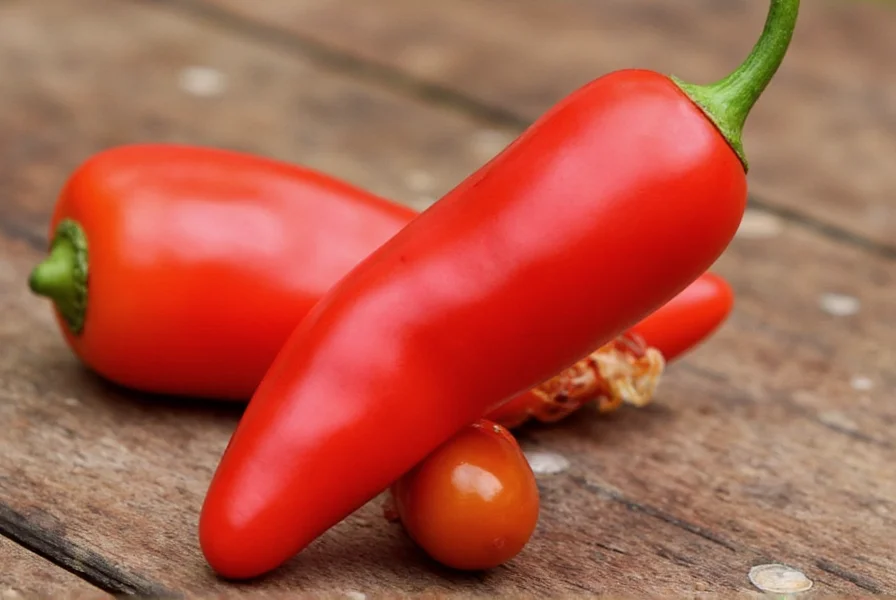
Critical Safety Measures When Handling Small Red Hot Peppers
These peppers require specific handling protocols:
- Gear requirement: Use nitrile gloves (latex doesn't block capsaicin) and safety glasses when processing more than 2 peppers
- Workspace preparation: Cover surfaces with disposable paper; avoid porous materials that absorb capsaicin
- Accident response: If capsaicin contacts skin, use 3% hydrogen peroxide solution first, then soap and water (milk is ineffective for skin exposure)
- Respiratory protection: Wear an N95 mask when cutting or processing dried peppers to avoid inhalation burns
- Storage safety: Keep in clearly labeled containers away from children; dried peppers maintain potency for up to 2 years
Professional chefs processing these peppers regularly develop tolerance, but first-time users should start with just 1/4 of a pepper in recipes.
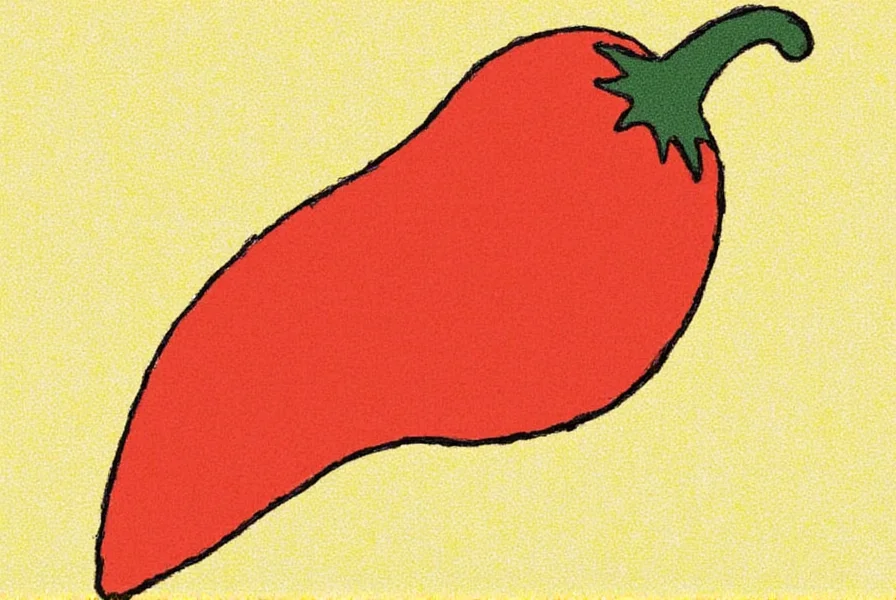
Small Red Hot Pepper FAQs: Expert Answers
How hot is a small red hot pepper exactly on the Scoville scale?
Most small red hot peppers measure between 30,000-100,000 Scoville Heat Units (SHU). Thai bird's eye chilies typically register 50,000-100,000 SHU, while pequín peppers range from 30,000-60,000 SHU. This makes them 6-20 times hotter than jalapeños (2,500-8,000 SHU). The heat builds gradually over 30-60 seconds with effects lasting 15-30 minutes, unlike immediate-burning peppers.
What's the difference between Thai bird's eye and pequín peppers?
Thai bird's eyes are 1-2 inches long, grow upright on the plant, have consistent heat (50,000-100,000 SHU), and feature bright red color when mature. Pequíns are smaller (0.5-1 inch), rounder, grow downward, have more variable heat (30,000-60,000 SHU), and display deeper red color. Bird's eyes work best in Southeast Asian cuisine, while pequíns excel in Mexican preparations due to their flavor profile.
How can I reduce the heat of small red hot peppers in cooking?
For significant heat reduction: 1) Remove all seeds and white membranes (50-70% of capsaicin resides here), 2) Blanch peppers in boiling water for 30 seconds then shock in ice water, 3) Add acid (lime juice or vinegar) which breaks down capsaicin, 4) Incorporate dairy (yogurt or sour cream) which contains casein that binds capsaicin. Note: Adding sugar only masks heat perception without reducing actual capsaicin.
Can I grow small red hot peppers at home successfully?
Yes, with specific conditions: Thai bird's eyes require 80-90°F temperatures, high humidity, and 12-14 hours of direct sunlight. Start seeds indoors 8-10 weeks before last frost. Pequíns are more challenging as they need specific symbiotic fungi in soil; consider purchasing established plants. Both varieties need well-draining soil with pH 6.0-7.0. Expect 70-90 days to maturity with peppers turning red when fully ripe and hottest.
Why do small red hot peppers cause burning that lasts so long?
Small red hot peppers contain high concentrations of capsaicinoids, particularly dihydrocapsaicin, which has longer-lasting effects than capsaicin found in milder peppers. These compounds bind strongly to TRPV1 receptors in the mouth and skin, with slow dissociation rates. The heat builds gradually because these compounds require time to fully activate receptors, and the lingering sensation occurs as the compounds slowly release from receptor sites over 15-30 minutes.

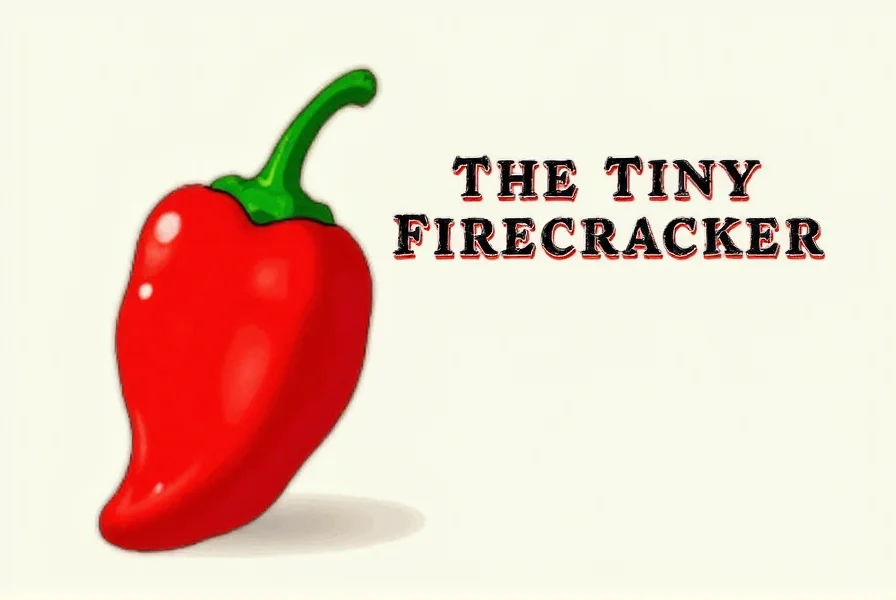









 浙公网安备
33010002000092号
浙公网安备
33010002000092号 浙B2-20120091-4
浙B2-20120091-4